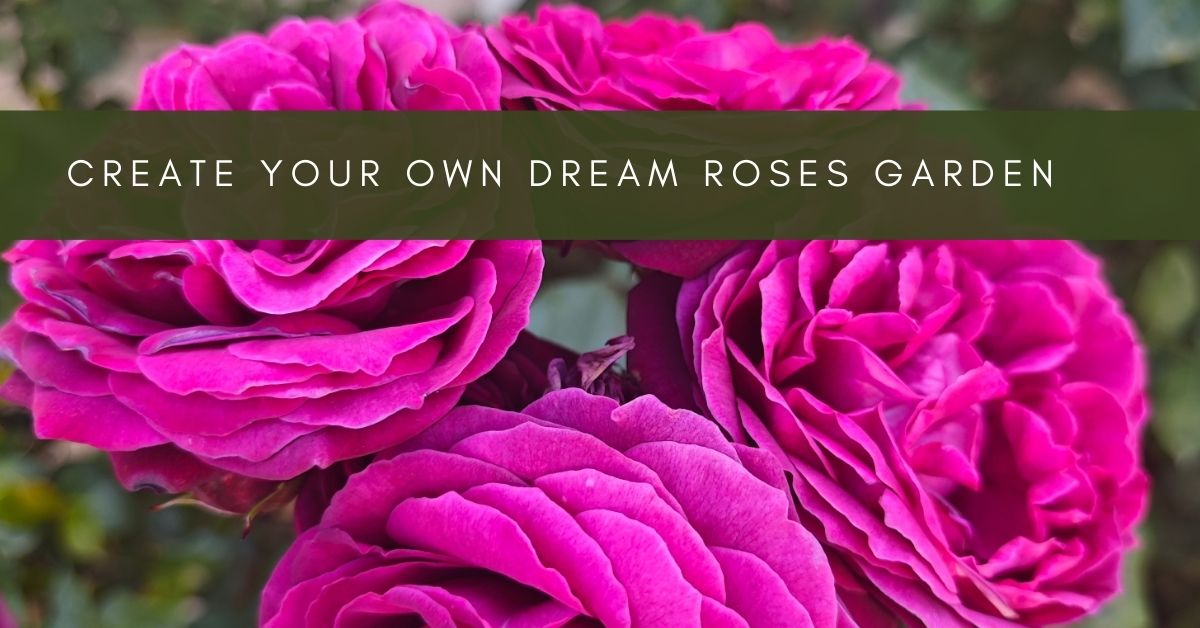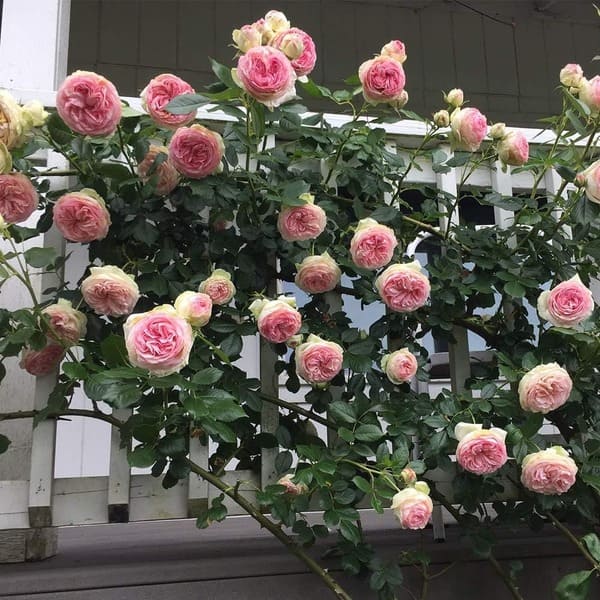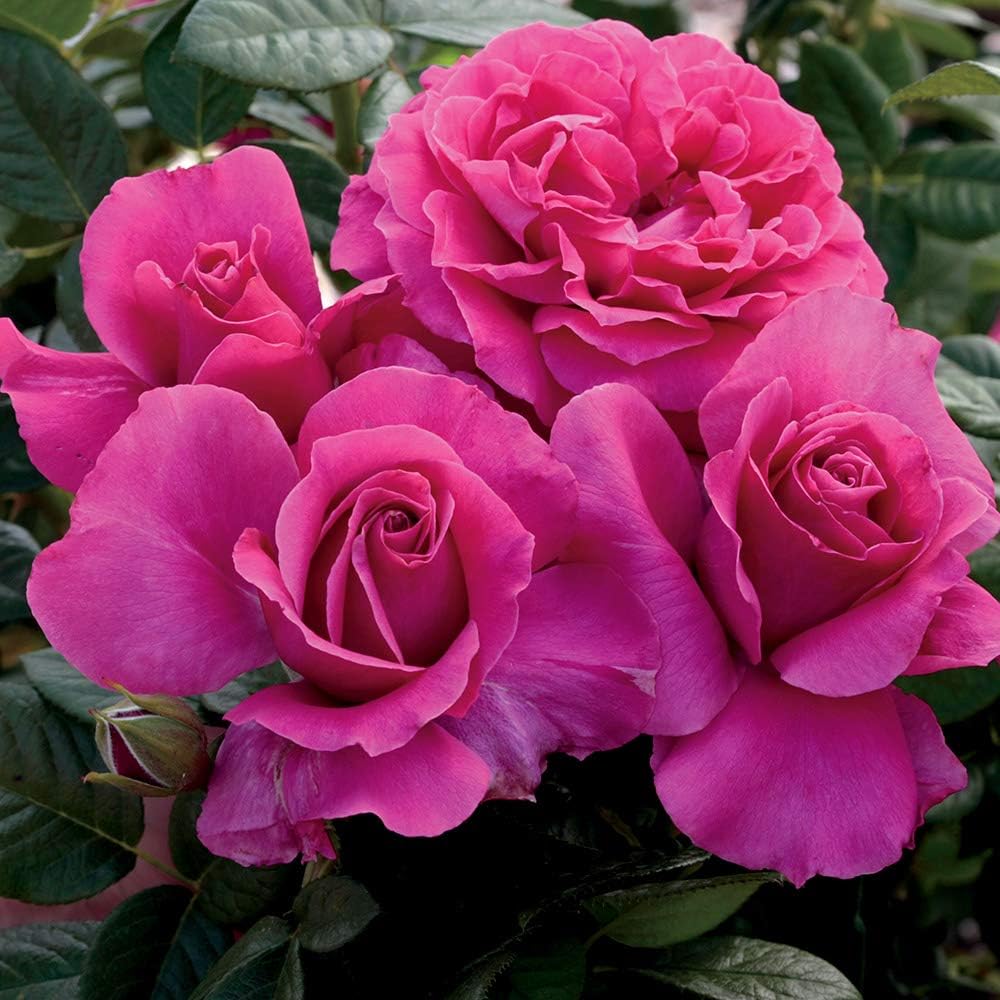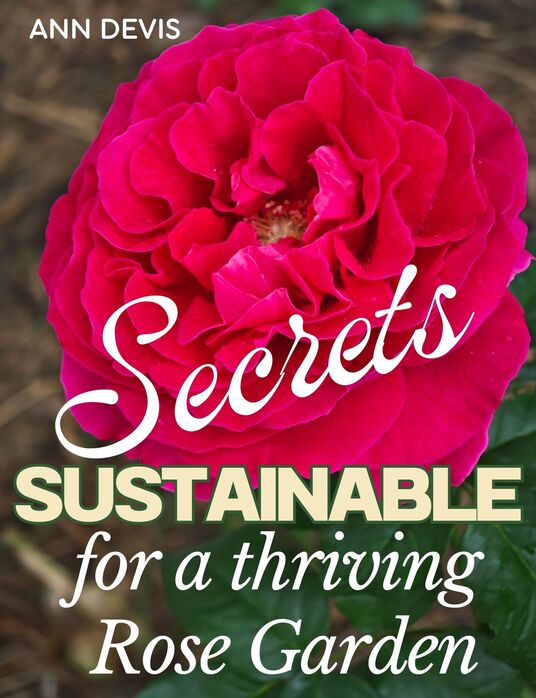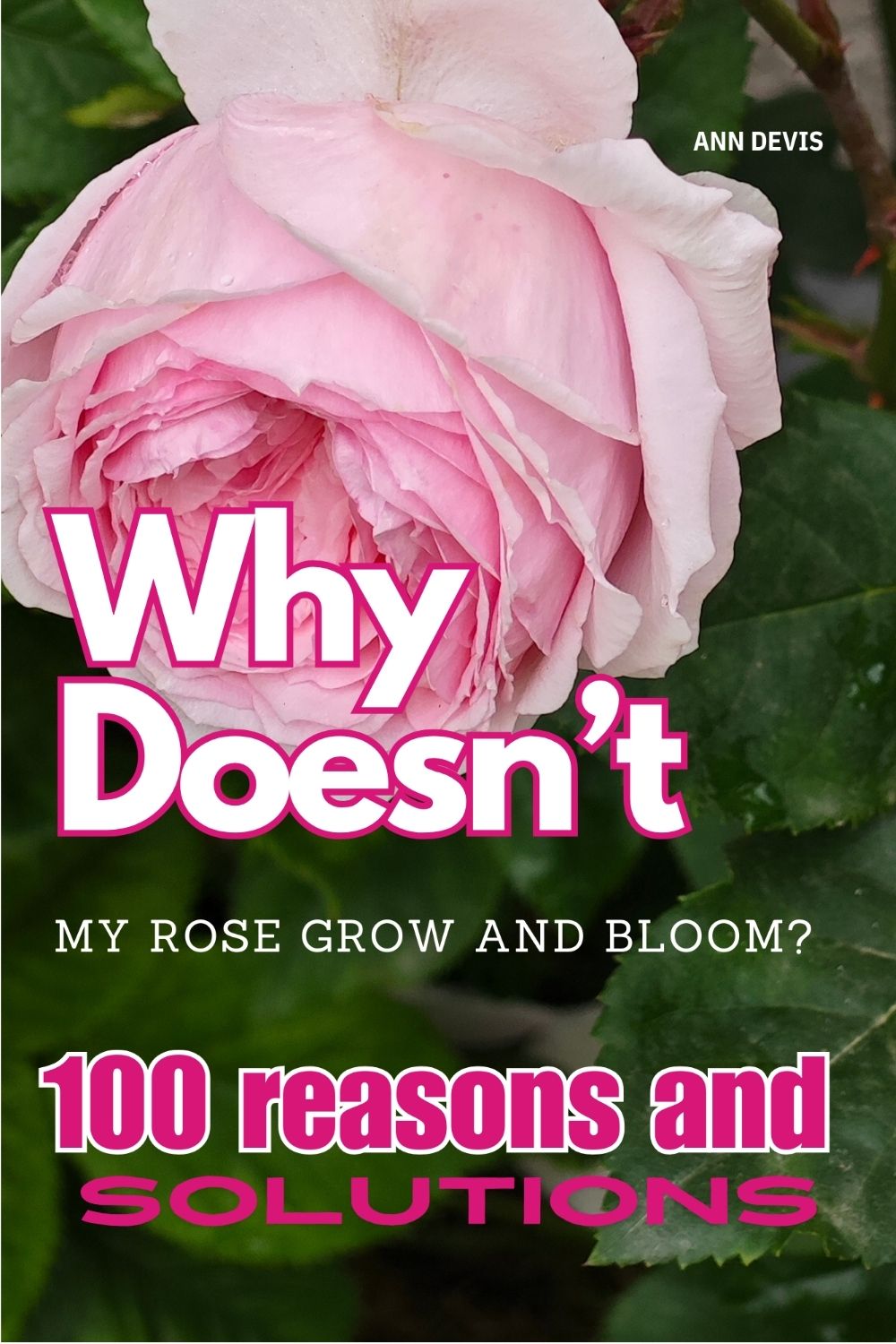Creating a rose garden is a rewarding endeavor that transforms your outdoor space into a vibrant, fragrant oasis. This guide offers step-by-step instructions for making a rose garden by hand, highlighting critical rules and stages to guarantee your roses flourish.
Determining Your Garden Style
Rose gardens are often associated with English-style gardens, but with thoughtful planning, they can seamlessly fit into French, Moorish, or Chinese garden styles. Even less ornate varieties can complement country-style gardens.
Harmonize with Existing Elements: Ensure your rose garden blends well with the overall look of your garden and other functional zones. A discordant rose garden can detract from the overall aesthetic, so consider what accents can enhance the existing landscape.
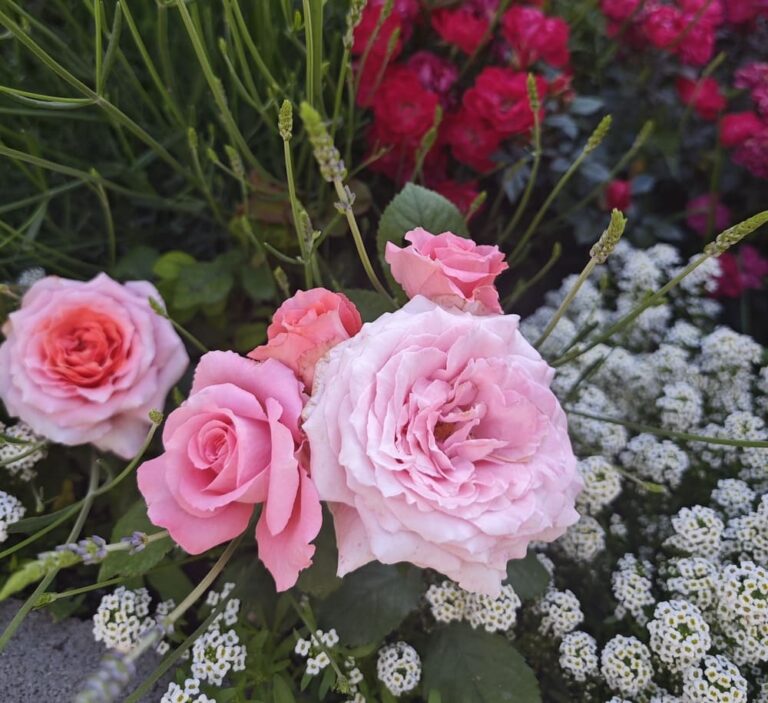
Assessing Your Soil and Location
Before planting, it’s crucial to understand your garden’s soil and site characteristics. Here’s what to consider:
- Soil Testing: Conduct a soil test to determine pH and nutrient levels. Roses prefer slightly acidic to neutral soil (pH 6.0-7.0).
- Sunlight and Drainage: Choose a site with good sunlight exposure and well-draining soil. Roses thrive with at least 6 hours of direct sunlight daily.
Effective Zoning for Your Garden
If you’re starting from scratch, plan the layout by considering where you’ll place vegetable gardens, greenhouses, flower beds, and relaxation areas. Finding the perfect spot for roses might be challenging on a well-established plot, requiring you to select varieties suited to your site’s conditions.
- Pathways and Decorative Elements: Plan pathways for utility and their aesthetic contribution to the garden. Ensure they complement your rose garden’s overall design.
Incorporating Structural Elements
Structural elements like gazebos and pergolas enhance the visual appeal and provide essential support for certain rose varieties.
- Climbing Roses: These varieties require vertical supports and are ideal for vertical gardening—plan structures for tying tall roses in advance.
Criteria for Grouping Roses
When planting a large number of roses, decide on grouping criteria based on the following:
- Rose Types: Groundcover, miniature patio, floribunda, park, climbing, etc.
- Bloom Shape: Flat, cup-shaped, round, bowl-shaped, pompon, rosette, spherical, etc.
- Color Shades: Apricot, lilac, pink, white, yellow, etc.
Consider the winter care needs of each group to simplify maintenance tasks like covering the plants.
Designing with Height in Mind
Follow the golden rule of tiered planting: the closer to the viewer, the shorter the plants. For roses, place the tallest varieties (climbing, shrub, tall park roses) at the back, medium-sized shrubs in the middle, and the most petite roses (miniature, groundcover, patio, polyantha) in the front.
Deciding on Your Garden's Color Palette
Choose a color scheme that complements your overall garden design:
- Distant Viewing: Use contrasting shades for rose gardens viewed from afar.
- Close Viewing: Stick to a single color palette for gardens viewed up close.
Remember, less is more. Too many colors can create a chaotic look. Even experienced designers use only two to three shades in compositions.
Picking the Right Rose Varieties
Choosing the suitable varieties is half the battle. For beginners, opt for less demanding groups like floribunda, shrub, and park roses. Some climbing and hybrid tea roses are also manageable, though they may require more attention.
- You can read about the best floribunda rose variety here
- Read about the best climbing roses here
- Read about rose varieties that bloom all summer long here
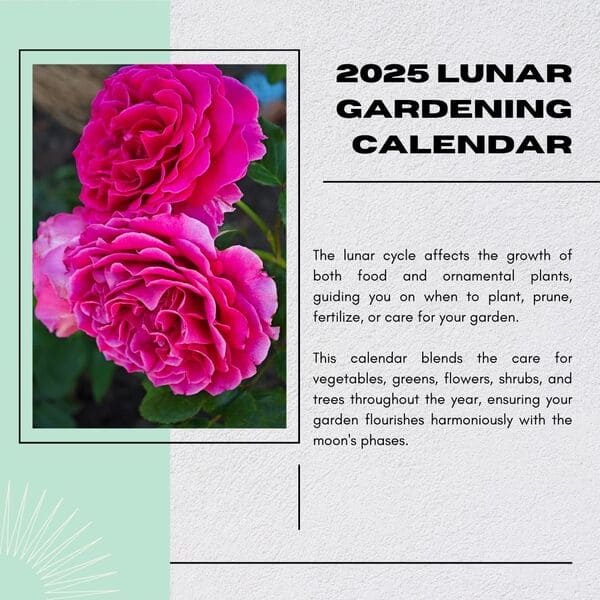
Get Your Free Lunar Gardener's Calendar 2025!
Join the Lunar Gardening Revolution! Subscribe now to receive our exclusive Free Lunar Gardener’s Calendar for 2025. Harness the power of the moon to optimize your planting, nurturing, and harvesting.
Adding Companion Plants
While roses can stand alone, mixed plantings are becoming more popular. Good companions include:
- Accent Plants: Grasses (fescue, miscanthus), conifers (thuja, juniper), foxglove, mullein.
- Secondary Plants: Lady’s mantle, geranium, hosta, low-growing spirea, dwarf conifers.
- Background Plants: lavender, sage, heuchera.
Clematis, delphinium, and phlox also pair well with roses, adding variety and interest.
Essential Care Tips
Always consider the climate when planning your rose garden. Roses need sunlight and well-draining, fertile soil. Avoid planting in waterlogged areas. Adjust soil pH to a neutral range for optimal growth.
- Start Small: If you’re a novice, begin with easier-to-grow varieties. As you gain experience, you can explore more demanding types.
Creating a rose garden is both a long-term commitment and an inspiring journey. Many gardeners find great joy in cultivating roses, making it a cherished hobby worldwide. Following these guidelines, you can create a beautiful and harmonious rose garden that will bring joy and beauty for years.
Learn more about caring for your roses here.

